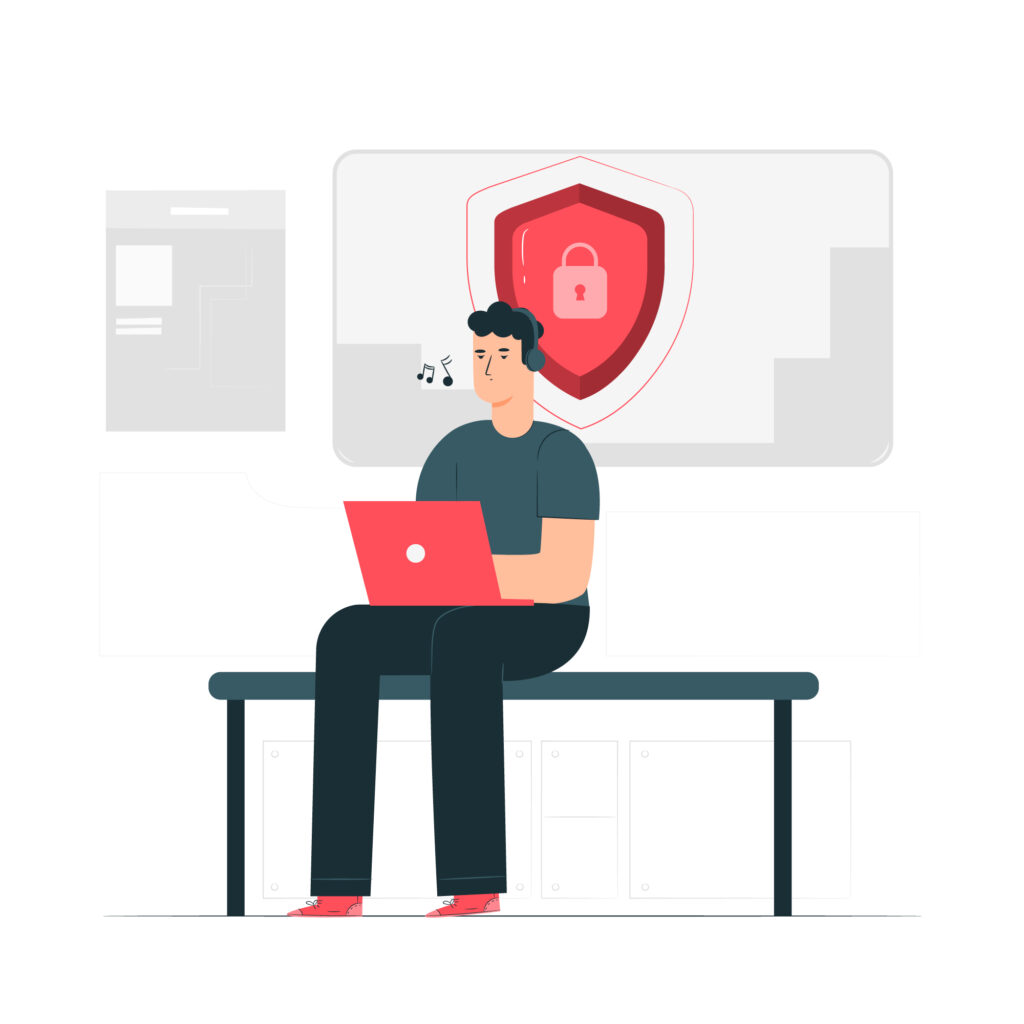 By: John Abhilash / August 5, 2024
By: John Abhilash / August 5, 2024
In software quality assurance, black box testing is a key methodology. This technique evaluates functionality without accessing the internal code. This article will provide a detailed analysis of the black box testing advantages and disadvantages, helping professionals make informed decisions about incorporating this approach into their quality assurance strategies.
Understanding Black Box Testing:
Black box testing, or functional testing, involves evaluating the functionality of an application without knowledge of its internal workings. Testers concentrate on inputs and outputs, treating the system as a “black box” where the internal logic is hidden.
Black Box Testing Advantages:
Code Independence:
Advantage: One of the significant black box testing advantages is its independence from the code’s implementation.
Technical Benefit: This allows testing of interfaces and APIs without needing access to the source code, which is crucial for third-party integrations and microservices.
Early Stage Testing Capability:
Advantage: One of the black box testing advantages is that testing can start as soon as specifications are available.
Technical Benefit: This early testing capability helps identify requirement inconsistencies and interface issues early on, potentially avoiding expensive late-stage changes.
Scalability for Large Systems:
Advantage: The black box testing advantages extend to its efficiency in testing complex, large-scale systems.
Technical Benefit: It enables broad functional coverage without the complexity of analyzing detailed code paths, making it ideal for distributed systems.
User-Centric Test Design:
Advantage: Test cases in black box testing are designed around user requirements and workflows.
Technical Advantage: This alignment facilitates comprehensive end-to-end testing and user acceptance testing (UAT), ensuring the application meets user needs.
Boundary Value Analysis:
Advantage: The technique excels in identifying edge cases and limit conditions.
Technical Implementation: Black box testing focuses on input domain testing, such as minimum, maximum, and out-of-range values.
Black Box Testing Disadvantages:
Limited Code Coverage:
Disadvantage: A key black box testing disadvantage is the potential for incomplete code path exploration.
Technical Challenge: This approach may miss certain execution paths, especially those involving complex conditional logic or exception handling.
Inefficiency in Test Case Design:
Disadvantage: Designing comprehensive test cases can be challenging, which is a notable black box testing disadvantage.
Technical Implication: The risk of creating redundant test cases or missing critical scenarios is higher due to the lack of insight into the internal logic.
Difficulty in Isolating Defects:
Disadvantage: Identifying the exact location of defects is a challenge with black box testing.
Technical Drawback: This increases debugging time as developers need to trace issues through the codebase without precise location information.
Limited Testing of Non-Functional Requirements:
Disadvantage: Black box testing may not adequately address performance or security aspects.
Technical Limitation: It is difficult to assess algorithm efficiency, memory usage, or potential security vulnerabilities in implementation.
Risk of Incomplete Logic Coverage:
Disadvantage: Complex logical structures might not be fully tested.
Technical Risk: Logical errors or edge cases in intricate decision trees may remain undetected.
Advantages | Disadvantages |
Code Independence: Testing without needing access to the internal code. | Limited Code Coverage: May not cover all code paths or complex logic. |
Early Stage Testing Capability: Can start testing as soon as specifications are available. | Inefficiency in Test Case Design: Challenges in creating comprehensive test cases. |
Scalability for Large Systems: Efficient for testing complex and large-scale systems. | Difficulty in Isolating Defects: Hard to pinpoint the exact location of defects. |
User-Centric Test Design: Aligns with user requirements and workflows. | Limited Testing of Non-Functional Requirements: May not cover performance or security aspects well. |
Boundary Value Analysis: Effective in identifying edge cases and limit conditions. | Risk of Incomplete Logic Coverage: Complex logic may not be fully tested. |
Best Practices for Effective Black Box Testing:
Equivalence Partitioning and Boundary Value Analysis:
Technical Approach: Divide input domains into classes and test boundaries. For instance, test values like 17, 18, 65, 66, and a mid-range value such as 40 for an age input field.
Decision Table Testing:
Technical Implementation: Use tables to represent logical relationships between inputs and outputs. This method is useful for testing complex business logic.
State Transition Testing:
Technical Method: Model the system as a finite state machine and test state transitions. This is crucial for stateful applications and protocols.
Fuzz Testing:
Technical Approach: Employ tools like AFL (American Fuzzy Lop) or libFuzzer to generate random or malformed inputs, helping to identify potential crashes or vulnerabilities.
Combinatorial Testing:
Technical Tool: Use algorithms like IPOG (In-Parameter-Order-General) to efficiently generate test cases covering multiple parameter combinations.
API Testing with Contract Testing:
Technical Implementation: Utilize tools like Pact for consumer-driven contract testing in microservices architectures.
Performance Testing Integration:
Technical Approach: Incorporate tools like Apache JMeter or Gatling for load testing and performance profiling from a black box perspective.
Advanced Techniques in Black Box Testing:
Model-Based Testing:
Technical Benefit: Use formal models, such as UML state machines, to automatically generate test cases. Tools like Conformiq Creator can be utilized.
AI-Augmented Test Case Generation:
Technical Application: Implement machine learning algorithms to generate and prioritize test cases based on historical data and system behavior patterns.
Chaos Engineering in Black Box Testing:
Technical Strategy: Apply chaos engineering principles to test system resilience without knowledge of internal architecture. Tools like Chaos Monkey can be adapted for black box scenarios.
Semantic Testing:
Technical Approach: Use natural language processing (NLP) techniques to analyze requirements and automatically generate relevant test cases.
Visual Regression Testing:
Technical Implementation: Use tools like Percy or Applitools for automated visual comparison in UI-heavy applications, detecting unintended visual changes.
Conclusion:
Black box testing is an essential component of software testing, offering significant advantages such as user-centric test design and scalability. However, it also comes with challenges like limited code coverage and difficulty in isolating defects. By understanding these black box testing advantages and disadvantages, you can effectively incorporate this methodology into your testing strategy. Combining black box testing with other techniques and leveraging advanced tools can enhance the overall quality and effectiveness of your software testing efforts.
Call to Action: Evaluate your testing needs and explore how black box testing can be integrated into your strategy. Consider the black box testing advantages and disadvantages when making decisions and consult with experts to optimize your approach. Balancing these factors will help you achieve a robust, high-quality software product.
Check Out Other Resources : Master ASPM :Build a secure strategy, Balck Box Testing







Leave a Comment